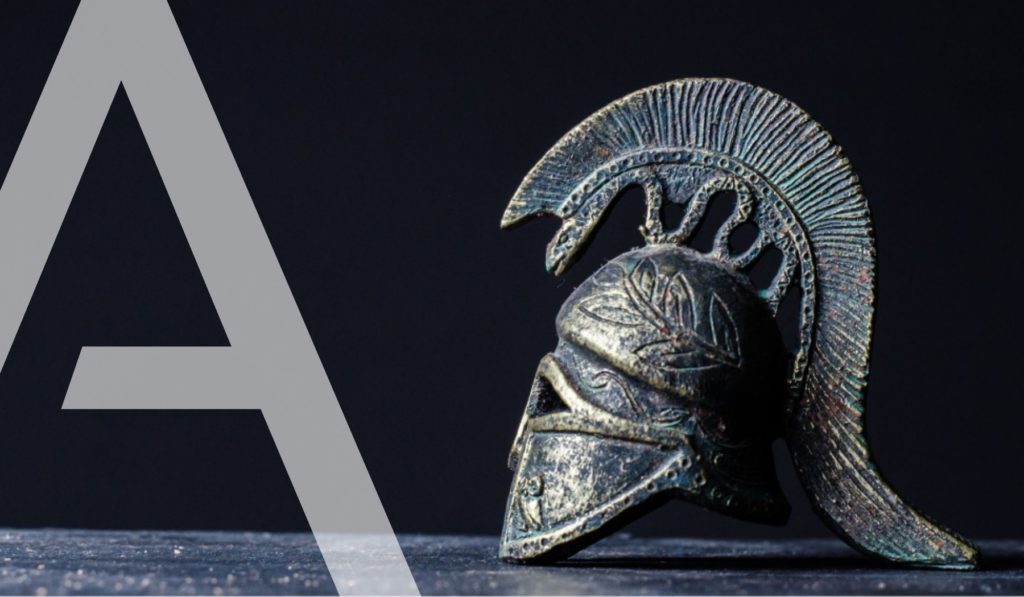Authenticating bronze objects: an in-depth multi-criteria analysis
It’s impossible to talk about metal in general, as there are many differences between a bronze (copper-tin alloy), brass (copper-zinc alloy), cast iron, silver or gold.

For the sake of precision, we should speak of tin-rich bronzes, arsenic-rich coppers, or tumbaga (copper-rich gold alloys used in pre-Columbian art).
Metals (especially copper alloys such as bronze) cannot be dated directly. We therefore have to look for exploitable chronological markers, such as technical clues that can provide indications of the object’s authenticity. Our laboratories then interpret the results to authenticate the materials.
The CIRAM laboratories, for a global approach to bronze objects
The most relevant approach for metal objects remains the observation and study of the chemical composition of alloys and their degree of corrosion (patina) using optical microscopy and scanning electron microscopy coupled with an elemental analysis system using energy dispersive X-ray spectroscopy (SEM-EDS).
What information is obtained from the chemical analysis of the metal?
The first important information provided by microscopic examination concerns the metal’s microstructure. A good understanding of this provides valuable clues to the object’s manufacturing techniques. For example:
- The presence of dendrites characterizes cast iron,
- Flattened, aligned inclusions will testify to hammering,
- If this alignment is too perfect, it corresponds to a modern rolling process.
Examining the internal structure can therefore reveal technological clues and, by extension, help to pinpoint the period of creation of the work in question. The same applies to the analysis of an alloy’s composition.
Determining the age of an object through the analysis of an alloy’s composition
The study of concentrations of copper, tin, zinc, lead, etc…,
For example, the presence of aluminum, phosphorus, chromium or manganese (from 0.2 to 0.3%) is a formal indication of modernity. Admittedly, these elements are natural and have always been present on the planet, but their reasoned and deliberate use in the manufacture of metal alloys dates back to the end of the 19th century (or even the beginning of the 20th century for phosphorus).
In fact, if we refer to the work published by the international scientific community, these elements have never been detected in ancient metals, except in trace amounts (of the order of 0.01%). Furthermore, aluminum cannot correspond to pollution originating from the melt core, for example, as pollution forms inclusions distinct from the metal, and these are not completely dissolved. What’s more, aluminum never stands alone in a cast iron core, but is always associated with other elements: silicon in kaolinite; sodium, potassium or calcium in feldspars. So, if we detect 0.5 ‘aluminum in brass, we should also detect silicon, for it to be pollution from the core. Yet this is never the case! The same reasoning applies to phosphorus, manganese or chromium.
